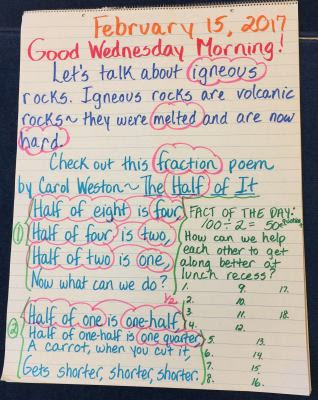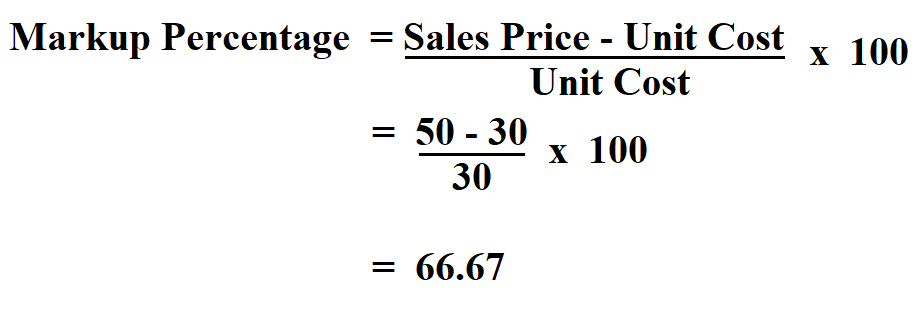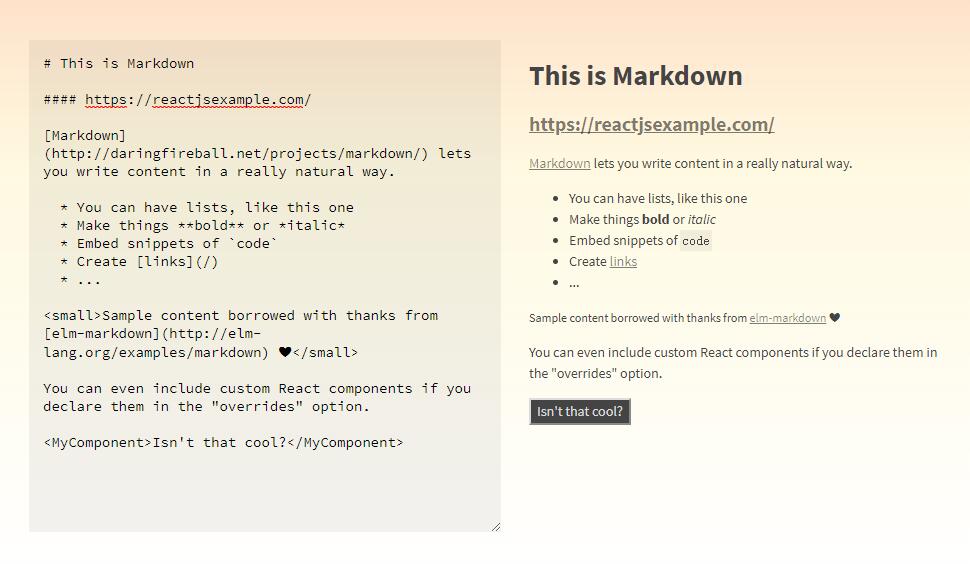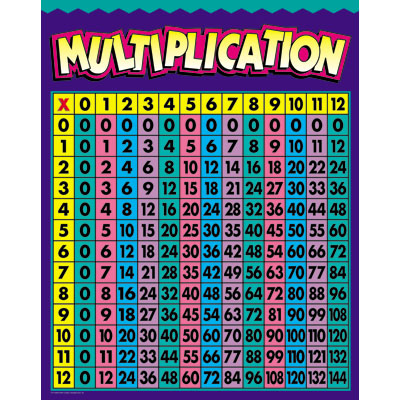

Some markdown renderers also support the equivalent math mode environments such as alignedAt. These environments cannot be inserted outside the display mode math delimiters.

For these situations, markdown has a remarkably intuitive solution. In many situations, we do not need all the paraphernalia that latex’s table environment offers us. And if you miss and &, finding it can be a big headache. The endless commands, the tabular environment, the necessity to constantly plug in &’s to separate cells in a row and so on. The pain of typesetting tables would be familiar to anybody using the table environment in latex. This can help you publish your content such as lecture notes, documentation, or blogs on the web with very little effort on your part. I finally discuss ways to publish the content online using static site generators. I also mention some more niche features that certain flavours of markdown offer. In particular, both the editors I have described in Part 1 support these features. I have structured this article as a sequence of sections each devoted to one particular feature that most markdown flavours offer, and I find useful. While I write as someone from a mathematical background, I am sure people from other areas will find this equally useful. Now that we have dispensed with the initial hurdles of setting up our tools and getting a hang of markdown syntax, it’s time to discuss how markdown can prove useful to academics. If you haven’t read it I would encourage you to skim through the first paragraph. Recall that, in math mode, there is an escape command ( \text$10), those constructs will be treated only as text character data inside math mode.This post is a continuation of Part 1. Spoiler: We won't find useful techniques in this direction. We can clarify what's happening, by investigating a little further. On a site where math mode is available by using a dollar sign, by accidentally using the XML-style character reference in math mode $5–$10, you would produce an error. One way to specify that is an XML-style character reference ( \$5–\$10). Recall that, when expressing a numeric range, you may wish to use a typographic en dash, rather than a hyphen-minus character. The five and the dash get formatted in math mode. However, on a site where math mode is available by using a dollar sign, if you don't use a backslash before each dollar sign ( $5-$10), you see the sequence five, dash, one, zero.


You will see the symbols that you intended. On a site where math mode is available by using a dollar sign-as well as on a site where math mode is not available-you can write a range of five to ten dollars by escaping each dollar sign with a backslash ( \$5-\$10).


 0 kommentar(er)
0 kommentar(er)
